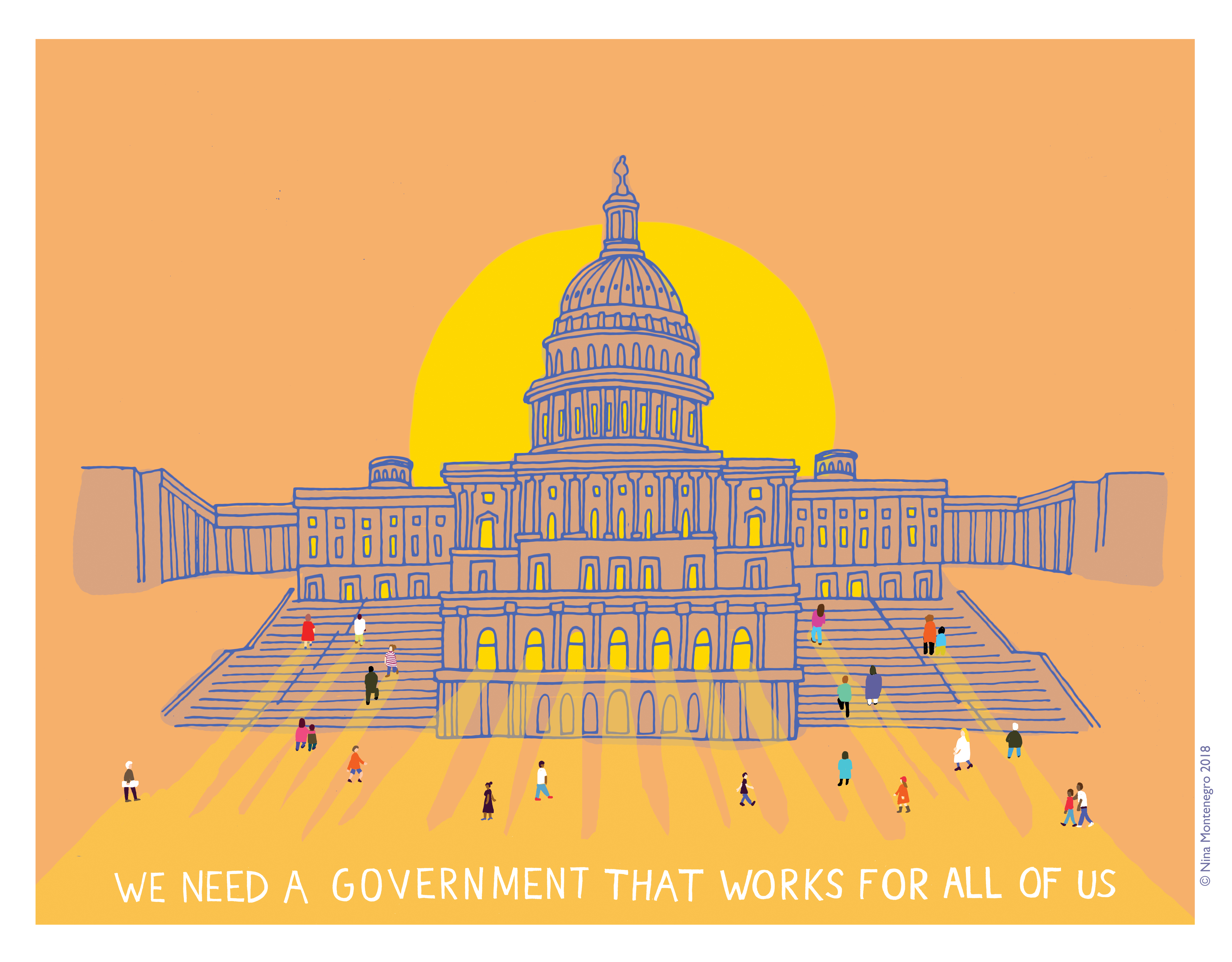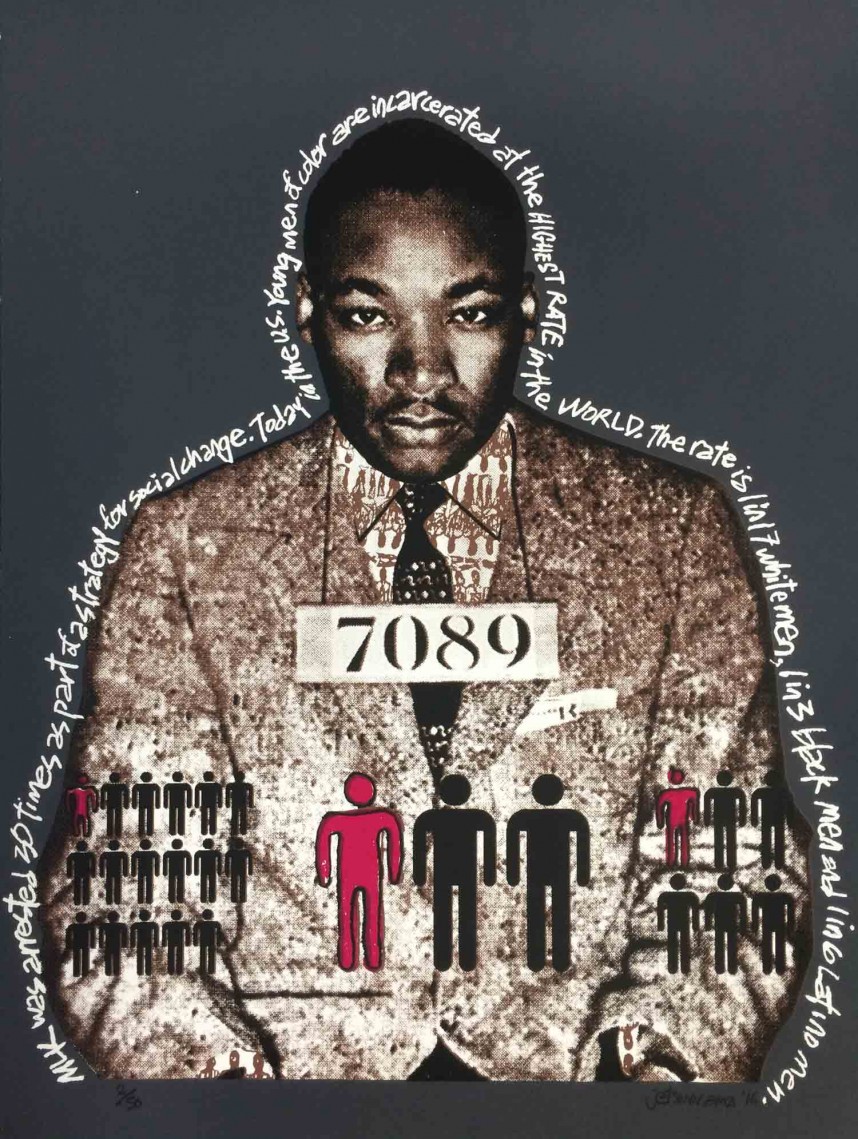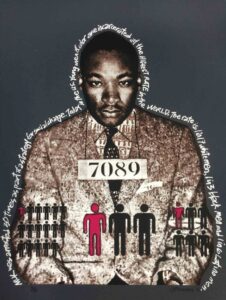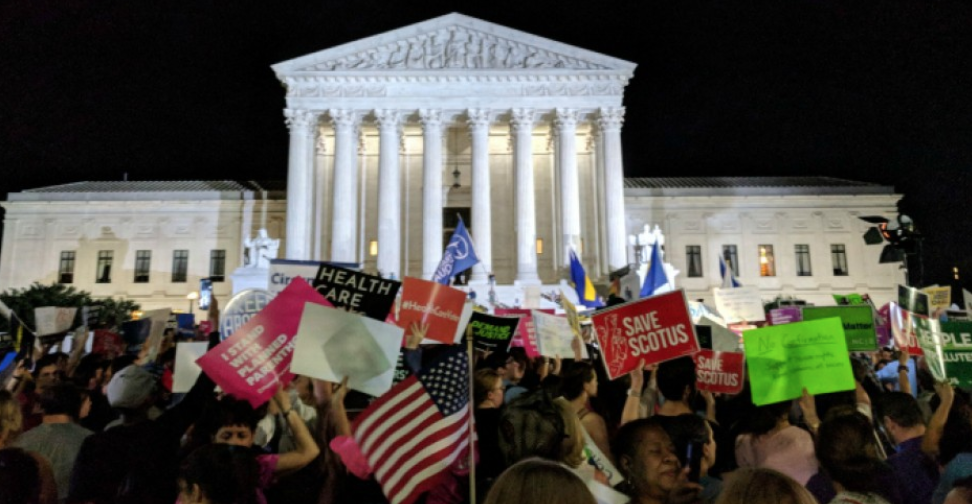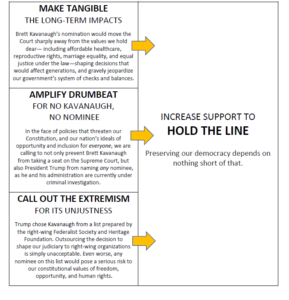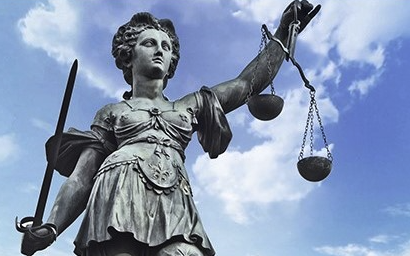Due Process
Core Message: Due process is a human right central to the American justice system. American values of justice and fairness only stand strong when we uphold the right to due process.
Most audiences believe that due process in the legal system is a basic human right, central to preserving and upholding American values of security, fair treatment, and freedom from government persecution. However, while audiences hold the concept dear, they don’t always accept that violations occur, or understand how due process applies to immigrants or asylum seekers. Nonetheless, their embrace of due process as integral to our nation’s identity is an opportunity to tell a story of American values in peril, and to make the case for how to protect and restore them through a commonsense approach to our immigration policies.
- Lead with Values. Fairness, equality, America’s founding principles. Assert that the United States should protect due process in order to stand up for American values.
- It’s About All of Us. Research shows that arguments focusing on the goal of protecting our core values resonate better than a focus on protecting the specific rights of specific groups. Emphasize that due process is central to the credibility of our justice system, and that once we start denying rights for one individual or type of people, it puts all individuals’ rights at risk.
- Define the Term. While audiences are committed to the concept of due process, not all immediately understand the term itself. Describing due process as giving someone a fair trial, or access to courts and lawyers, or a set of standardized rules and procedures to protect individuals from being unfairly treated or imprisoned helps to make the term more accessible.
- Include positive solutions. This is an opportunity to talk about what does work, not just attack policies that don’t. We should always describe what needs to happen in order to restore and protect due process, and what audiences can do to support positive and effective changes to our immigration policies.
- Include key information about how the current system denies due process rights to immigrants. Participants are not aware of how laws can violate due process and have a hard time believing that this could be happening. Therefore, it is important to keep the language simple and straightforward. If the rhetoric strays from a simple description, the message may be lost.
- Include the Right Pieces of the Story. Past research showed that the elements of due process that audiences value the most include timeliness in granting due process, being allowed to call a loved one and a lawyer, and fair treatment.
Sample Language
Due process – access to courts and lawyers and a basic set of rules for how we’re all treated in the justice system – is a human right and central to our country’s values. We should reject any policies that deny due process, for undocumented immigrants or anyone else. Our values of justice and fairness only stand strong when we have one system of justice for everyone. If one group can be denied due process, none of us will be safe to enjoy the rights that this country says it stands for.
When it comes to our outdated immigration laws, we need real solutions that embrace fairness, equal treatment, and due process. Current laws are badly broken, but disregarding our values is not the answer to fixing them.
Racial Profiling
- Core Message: The administration’s new policy recklessly promotes the practice of racial profiling, which violates human rights, as well as our core values of fairness and justice. It’s a flawed policing strategy that hurts communities, and most importantly, threatens our values.
- Lead with values: Equal justice, fair treatment, freedom from discrimination, public safety and accountability.
- Define the term and fully explain that racial profiling is based on stereotypes and not evidence in an individual case. Explain why racial profiling is not an effective policing tool and is a rights violation. Challenge the notion that racial profiling may be acceptable if it somehow keeps communities safe.
Too often, police departments use racial profiling, which is singling people out because of their race or accent, instead of based on evidence of wrongdoing. That’s against our national values, endangers our young people, and reduces public safety.
- Explain why profiling harms us all, not just people of color or immigrants. This includes harm to our national values of fairness and equal justice, harm to public safety, and harm to anyone who is wrongly detained, arrested, or injured by law enforcement.
To work for all of us, our justice system depends on equal treatment and investigations based on evidence, not stereotypes or bias.
- Move beyond denouncing racial profiling alone and also highlight positive solutions and alternatives that ensure equal justice and protect public safety like the End Racial Profiling Act and training for law enforcement agencies.
Racial profiling is an ineffective and harmful practice that undermines our basic values. Far too many immigration enforcement policies recklessly promote the practice. Any immigration policy reform needs to zero in on, and eliminate, this outdated and harmful practice.
We need to ensure that law enforcement officials are held to the constitutional standards we value as Americans—protecting public safety and the rights of all.
- Offer multiple real-life examples. The idea of racial profiling is theoretical for some audiences. It’s important to provide multiple examples that include a variety of people who’ve been wrongly stopped.
Sample Language
Racial profiling harms all Americans. It violates our values of equal justice that we all depend on. It disrespects and discriminates against millions of young people and others around the country. It threatens public safety and can ruin people’s lives. It’s time to end racial profiling and focus law enforcement on evidence and public safety.
We need to be clear: it is unacceptable for those who enforce our laws to stereotype people based on the color of their skin, religion, or nation of origin. Law enforcement should act on facts and evidence, not racial bias. If one group can be singled out based on race or ethnicity or religion, none of us will be safe to enjoy the rights that the United States stands for.
We are stronger when we find ways to encourage participation and contribution, not ways to divide, exclude and discriminate. We have to condemn, in the strongest terms, those who engage in and encourage racist tactics.
Is it right for a military veteran to be asked for his papers just because he’s of Mexican heritage? Is it right for a mother of Asian or Latino background who speaks with an accent to get asked for her papers—right in front of her children—when her white friend next to her does not? Is it right that immigrants who work hard and aspire to be citizens live in daily fear of being stopped, arrested, and deported away from their loved ones? Is it right to create a culture of suspicion in an America that becomes more diverse every day? No. Anyone who engages in or encourages discrimination is flat out wrong. That’s not who we should be as a country.

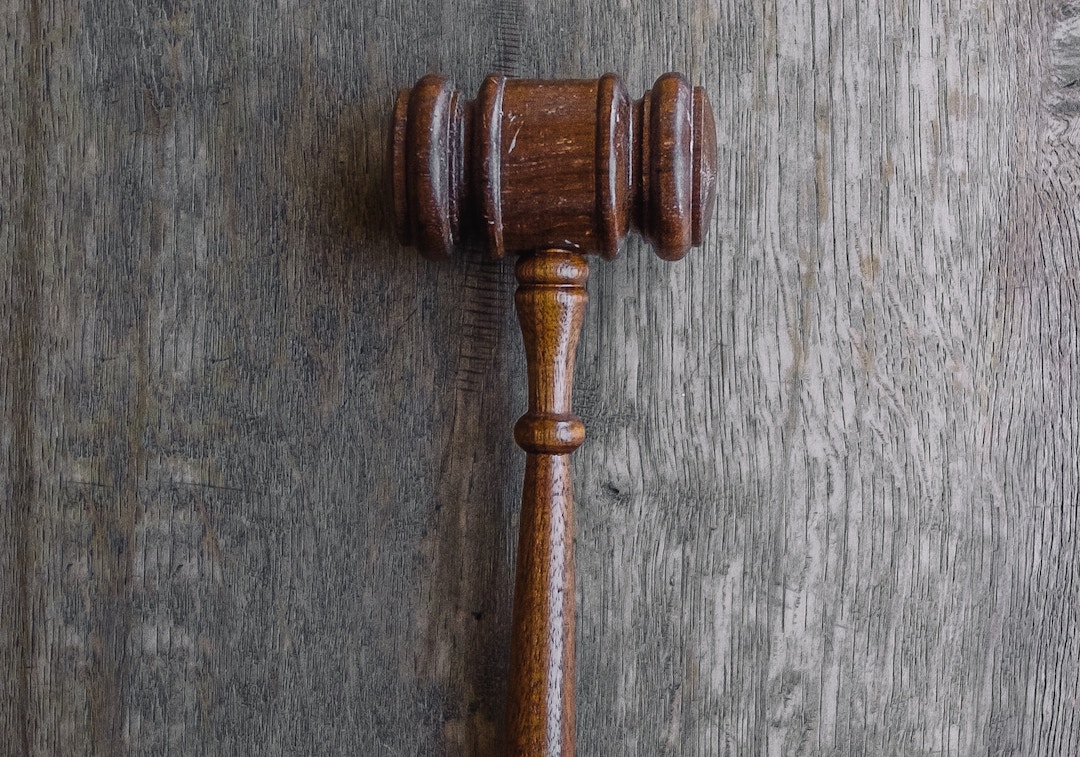
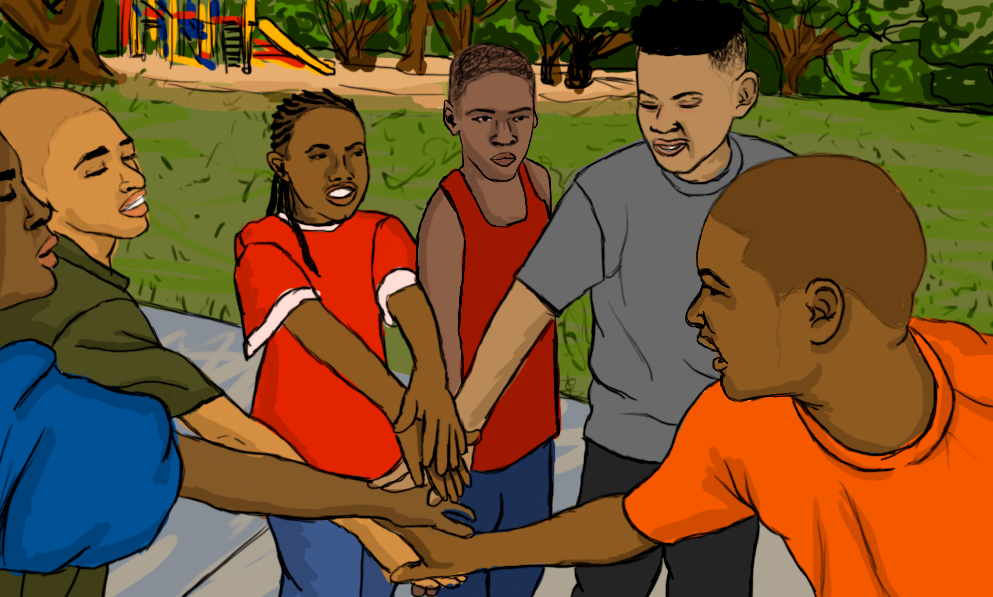

 The Central Park Five case involved the assault and rape of a White female jogger and the wrongful arrest and conviction of four African-American and one Latinx teenagers—Kevin Richardson, Antron McCray, Yusef Salaam, Kharey Wise, and Raymond Santana. The young men spent between six and 13 years in prison before being exonerated in 2002 when another man confessed to the crime.
The Central Park Five case involved the assault and rape of a White female jogger and the wrongful arrest and conviction of four African-American and one Latinx teenagers—Kevin Richardson, Antron McCray, Yusef Salaam, Kharey Wise, and Raymond Santana. The young men spent between six and 13 years in prison before being exonerated in 2002 when another man confessed to the crime.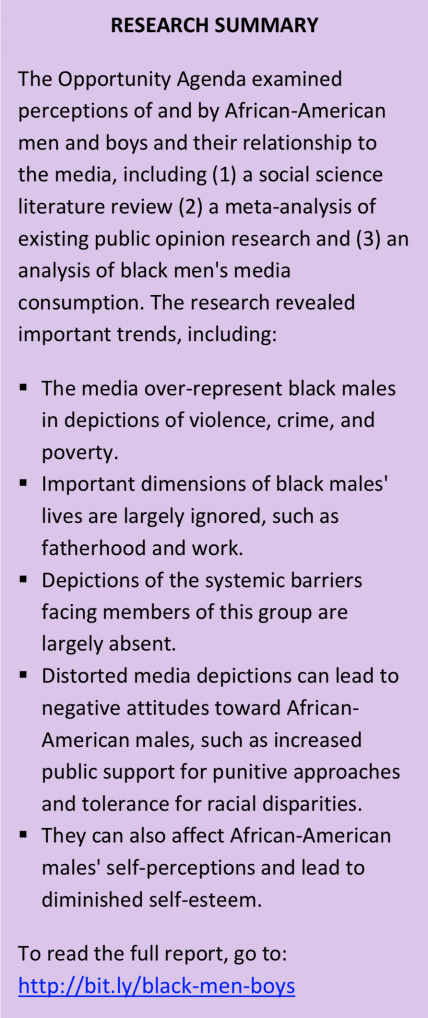 Stereotypes and popular myths. Distorted media coverage and portrayals have contributed to the perception that Black men and boys should be viewed as threats and sources of violence. Our research shows that Black men and boys are more likely to be depicted as threatening, and news outlets are more likely to depict Black men and boys as committing crimes when compared to their arrest rates. These media stories contribute the myth of Black criminality contrary to what research shows.
Stereotypes and popular myths. Distorted media coverage and portrayals have contributed to the perception that Black men and boys should be viewed as threats and sources of violence. Our research shows that Black men and boys are more likely to be depicted as threatening, and news outlets are more likely to depict Black men and boys as committing crimes when compared to their arrest rates. These media stories contribute the myth of Black criminality contrary to what research shows.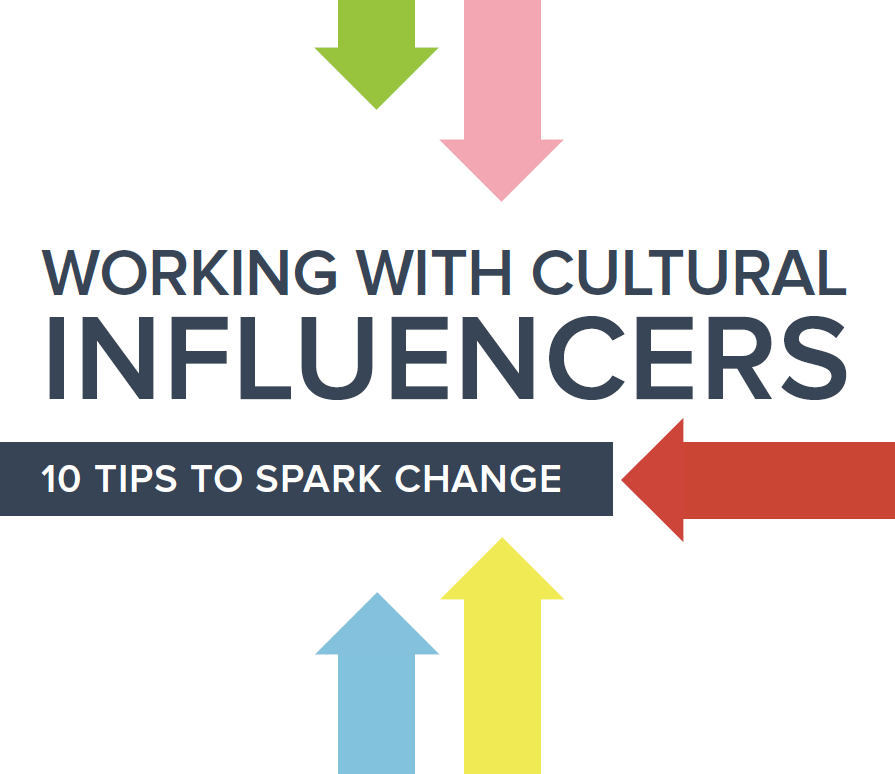
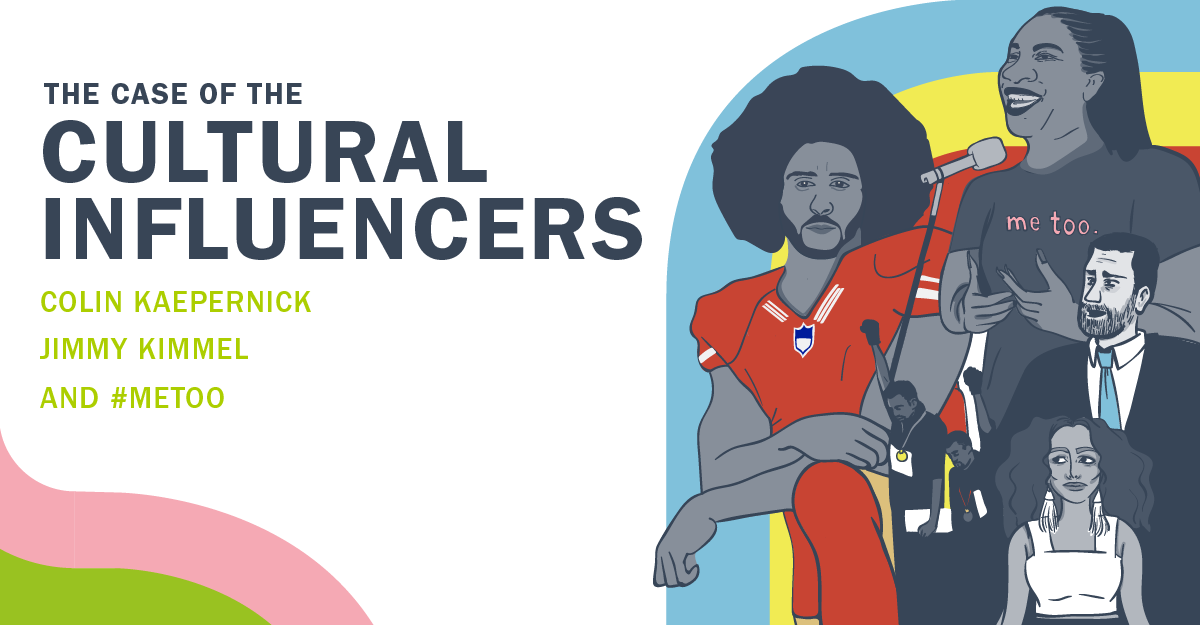
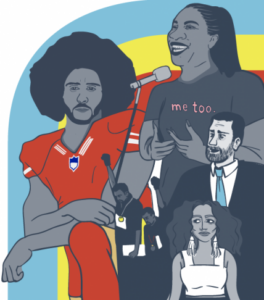 In recent years, the power of popular entertainment to inspire large audiences and shift cultural norms has become a topic of growing interest in the social advocacy space. A large body of research has been dedicated to tracking representation trends in film and television, and a growing cohort of organizations provides practical recommendations for those seeking to leverage popular culture in their advocacy work. While existing research has provided critical insights into the effectiveness of high-profile spokespeople in short-term campaigns and fundraising, significant gaps in the literature exist in terms of in-depth analysis of more symbolic actions on the part of high-profile individuals as well as measurements of the impact of celebrity influencers on long-term narrative shift.
In recent years, the power of popular entertainment to inspire large audiences and shift cultural norms has become a topic of growing interest in the social advocacy space. A large body of research has been dedicated to tracking representation trends in film and television, and a growing cohort of organizations provides practical recommendations for those seeking to leverage popular culture in their advocacy work. While existing research has provided critical insights into the effectiveness of high-profile spokespeople in short-term campaigns and fundraising, significant gaps in the literature exist in terms of in-depth analysis of more symbolic actions on the part of high-profile individuals as well as measurements of the impact of celebrity influencers on long-term narrative shift. Significant increases in news media and social media engagement with social justice issues: All three case studies revealed a marked increase in both the volume and focus on news media and social media engagement. For instance, since Colin Kaepernick and other athletes began taking a knee, news media coverage of police misconduct has nearly doubled (from an average of 4000 articles to 7000 articles published every 12 months), and social media engagement with the issue has seen a nearly three-fold increase.
Significant increases in news media and social media engagement with social justice issues: All three case studies revealed a marked increase in both the volume and focus on news media and social media engagement. For instance, since Colin Kaepernick and other athletes began taking a knee, news media coverage of police misconduct has nearly doubled (from an average of 4000 articles to 7000 articles published every 12 months), and social media engagement with the issue has seen a nearly three-fold increase. Direct or indirect policy and cultural changes in organizations and institutions: The case studies in this report have resulted in a myriad of organizational policy and cultural shifts as a direct and indirect result of the efforts of high-profile influencers. In the case of Jimmy Kimmel, the Graham-Cassidy bill was ultimately defeated. Since Kaepernick and other athletes began taking a knee in protest to police killings of unarmed people of color, the National Football League (NFL) and several teams have spoken out in support of criminal justice reform. For instance, in September 2016, shortly after Kaepernick’s first field-side protest, the San Francisco 49ers announced that it would be donating $1 million to two charities in the Bay area focused on racial and economic justice. In January2018, the NFL in conjunction with players formed the “Let’s Listen Together” coalition, which aims to improve police and community relations. As of July 2018, 10 NFL teams have announced the launch of new committees, coalitions, or other activities aimed at raising awareness and tackling social justice issues. The Me Too movement has had a similar impact. Since the Me Too movement first began to proliferate in October 2017, more than 800 high-profile figures have been publicly accused of harassment, sexual assault, rape, workplace misconduct, and other related behavior. A recent article details the range of policy changes that have been introduced across industries because of the Me Too movement. This includes the introduction of mandatory annual anti-harassment trainings for lawmakers and staff in Congress and the inclusion of so-called “Weinstein Clauses” in several large mergers and acquisitions.
Direct or indirect policy and cultural changes in organizations and institutions: The case studies in this report have resulted in a myriad of organizational policy and cultural shifts as a direct and indirect result of the efforts of high-profile influencers. In the case of Jimmy Kimmel, the Graham-Cassidy bill was ultimately defeated. Since Kaepernick and other athletes began taking a knee in protest to police killings of unarmed people of color, the National Football League (NFL) and several teams have spoken out in support of criminal justice reform. For instance, in September 2016, shortly after Kaepernick’s first field-side protest, the San Francisco 49ers announced that it would be donating $1 million to two charities in the Bay area focused on racial and economic justice. In January2018, the NFL in conjunction with players formed the “Let’s Listen Together” coalition, which aims to improve police and community relations. As of July 2018, 10 NFL teams have announced the launch of new committees, coalitions, or other activities aimed at raising awareness and tackling social justice issues. The Me Too movement has had a similar impact. Since the Me Too movement first began to proliferate in October 2017, more than 800 high-profile figures have been publicly accused of harassment, sexual assault, rape, workplace misconduct, and other related behavior. A recent article details the range of policy changes that have been introduced across industries because of the Me Too movement. This includes the introduction of mandatory annual anti-harassment trainings for lawmakers and staff in Congress and the inclusion of so-called “Weinstein Clauses” in several large mergers and acquisitions. Encouraging other high-profile individuals and members of the public to speak out: Each case study was characterized by high-profile influencers successfully encouraging others to speak out in support of or opposition to an issue. Following a series of monologues from Jimmy Kimmel, several Republican senators spoke out openly against the Graham-Cassidy bill, eventually leading to its defeat. Since Kaepernick first begin his protest in August 2016, more than 200 athletes have sat or kneeled during the national anthem. Our analysis revealed that a significant portion of news media and online discourse focused on actions and commentary of other high-profile athletes and spokespeople. In the case of the Me Too movement, not only did the personal stories of high-profile entertainers propel the issue of gendered violence into the national discourse, but also subsequent coordinated efforts of the Time’s Up campaign maintained engagement with the issue after media coverage began to wane.
Encouraging other high-profile individuals and members of the public to speak out: Each case study was characterized by high-profile influencers successfully encouraging others to speak out in support of or opposition to an issue. Following a series of monologues from Jimmy Kimmel, several Republican senators spoke out openly against the Graham-Cassidy bill, eventually leading to its defeat. Since Kaepernick first begin his protest in August 2016, more than 200 athletes have sat or kneeled during the national anthem. Our analysis revealed that a significant portion of news media and online discourse focused on actions and commentary of other high-profile athletes and spokespeople. In the case of the Me Too movement, not only did the personal stories of high-profile entertainers propel the issue of gendered violence into the national discourse, but also subsequent coordinated efforts of the Time’s Up campaign maintained engagement with the issue after media coverage began to wane.